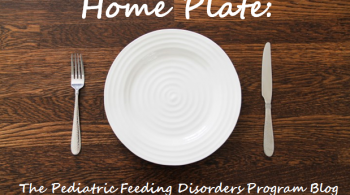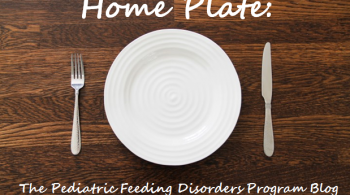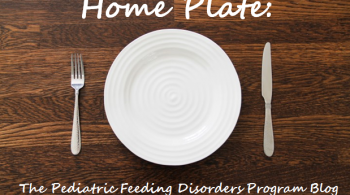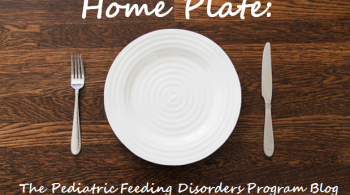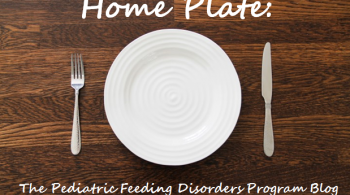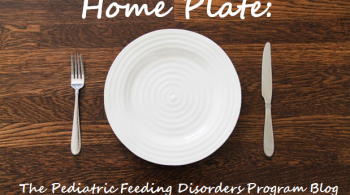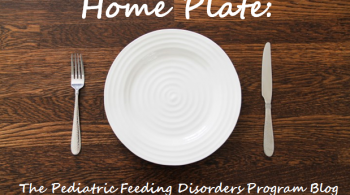As obesity rates continue to climb, we are becoming more aware of the importance of maintaining a healthy weight. Research indicates that children who are overweight are much more likely than their average-weight peers to become overweight or obese as adults, which can eventually lead to serious health concerns like high blood pressure, diabetes, heart disease and even certain types of cancer. On the flip side, there are also health concerns for children who are underweight, such as increased susceptibility to infection, low energy levels or lethargy and the possibility of delayed puberty or stunted growth.
In this post, we’ve teamed up with Andrea Heyman from our Nutrition department to help you determine if your child is maintaining a healthy weight and to provide some tips for managing their weight and growth over time.
How do I know if my child is maintaining a healthy weight?
According to the Centers for Disease Control (CDC), about 3.5% of children aged 2-19 years are underweight and about 18.5% are obese. The easiest way to know if your child is maintaining a healthy weight is to ask your pediatrician about your child’s BMI/weight-for-length percentile. This number tells you how proportionate your child is when compared to their peers, and we generally want this number to be between 5 and 85, which is considered the normal range. For example, if your son’s BMI is at the 60th percentile, this means that he is heavier than 60% of boys who are his same height. Because this number is between 10 and 85, we would consider your child to be at a healthy weight. Another factor to consider is whether your child is following their own growth curve. If your child’s BMI has always been around the 25th percentile and you notice that their BMI suddenly jumps to the 80thpercentile, this indicates that your child is likely gaining in weight faster than they are gaining in height. To prevent your child from becoming overweight or obese, it may be a good idea to take a closer look at their daily intake and determine if they are consuming more calories than they need.
Is my child eating the right amount from each of the food groups?
The online tools available at ChooseMyPlate.gov can help you determine if your child is eating the recommended number of servings from each food group each day. The MyPlate Plan tool uses your child’s age, sex and activity level to calculate the number of calories your child likely needs, as well as how many servings your child needs from each food group. For example, a 4-year-old girl who gets 30-60 minutes of physical activity per day needs about 1400 calories per day, and these calories should ideally come from 1.5 cups of fruit, 1.5 cups of vegetables, 5 oz. of grains, 4 oz. of proteins and 2.5 cups of dairy. Because many packaged snacks are high in calories and low in nutritional content, kids who snack throughout the day often consume more calories per day and/or eat less during family meals where things like meats and vegetables are usually presented. With that in mind, we typically recommend limiting children to one healthy snack, like a piece of fruit or a serving of peanut butter crackers, between meals. If you find that your child is eating an unbalanced diet and resists your efforts to make changes, it may be a good idea to schedule an evaluation with us.
What should I do if my child is overweight or underweight? Will they grow out of it?
The biggest factor in a child’s weight gain is the number of calories consumed per day. Children who are underweight will need to consume more calories per day to reach a weight-for-length or BMI percentile in the normal range. This catch-up growth can be achieved through eating larger volumes of high-calorie foods, such as whole milk, cheese and nuts, or by increasing the number of calories a food contains, such as adding cream cheese to whole wheat toast, peanut butter to apple slices or butter to vegetables. For children who consume too many calories per day and become overweight or obese, we recommend that parents help them “grow into” their weight by eating smaller portions and/or lower-calorie foods during snacks and meals. In this case, keeping your child’s weight steady while they grow in height may be appropriate. Another strategy is to gradually increase your child’s activity level, which can range from going on a walk each day to riding a bike or playing a team sport. It may take some time for the family to adjust to these changes, but remind yourself and your child that their health is worth the effort.








